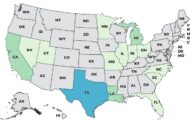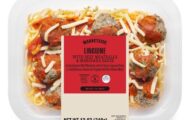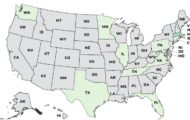Salmonella Heidelberg is building resistance to antibiotics, according to the latest data released by the National Antimicrobial Resistance Monitoring System (NARMS). Created in 1996 through a partnership of the U.S. Food and Drug Administration (FDA), the Centers for Disease Control and Prevention (CDC), and the U.S. Department of Agriculture (USDA), NARMS tracks antibiotic resistance of foodborne bacteria in people, meat and food animals.
 In 2010, the year for which data was just released, almost 4,000 Salmonella isolates and more than 2,000 Campylobacter were tested. Of the 3,947 Salmonella tested, 2,474 were from humans, 400 were from retail meats, and 1,073 were from healthy food animals at the time of slaughter. One of the most common Salmonella serotypes found in humans, healthy chickens and turkeys at slaughter, chicken breast meat and ground turkey is Salmonella Heidelberg. While drug resistance in other strains has held steady or deceased over a three-year period, antibiotic resistance in Heidelberg isolates has doubled from 17 percent in 2007 to 34 percent in 2010.
In 2010, the year for which data was just released, almost 4,000 Salmonella isolates and more than 2,000 Campylobacter were tested. Of the 3,947 Salmonella tested, 2,474 were from humans, 400 were from retail meats, and 1,073 were from healthy food animals at the time of slaughter. One of the most common Salmonella serotypes found in humans, healthy chickens and turkeys at slaughter, chicken breast meat and ground turkey is Salmonella Heidelberg. While drug resistance in other strains has held steady or deceased over a three-year period, antibiotic resistance in Heidelberg isolates has doubled from 17 percent in 2007 to 34 percent in 2010.
Since 2010, there have been 11 multi-state foodborne Salmonella outbreaks and just one has been caused by the Heidelberg strain: the 2011 Cargill Ground Turkey Salmonella outbreak. Linked to one of the largest meat recalls in history, 36 million pounds, the tainted ground turkey produced at Cargill’s plant in Springdale, Ark. sickened 136 people in 34 states. Thirty nine percent of those who became ill required hospitalization and one person died. In its final report on the outbreak the CDC described the outbreak strain as “multi-drug resistant” which “may increase the risk of hospitalization or possible treatment failure in infected individuals.”




